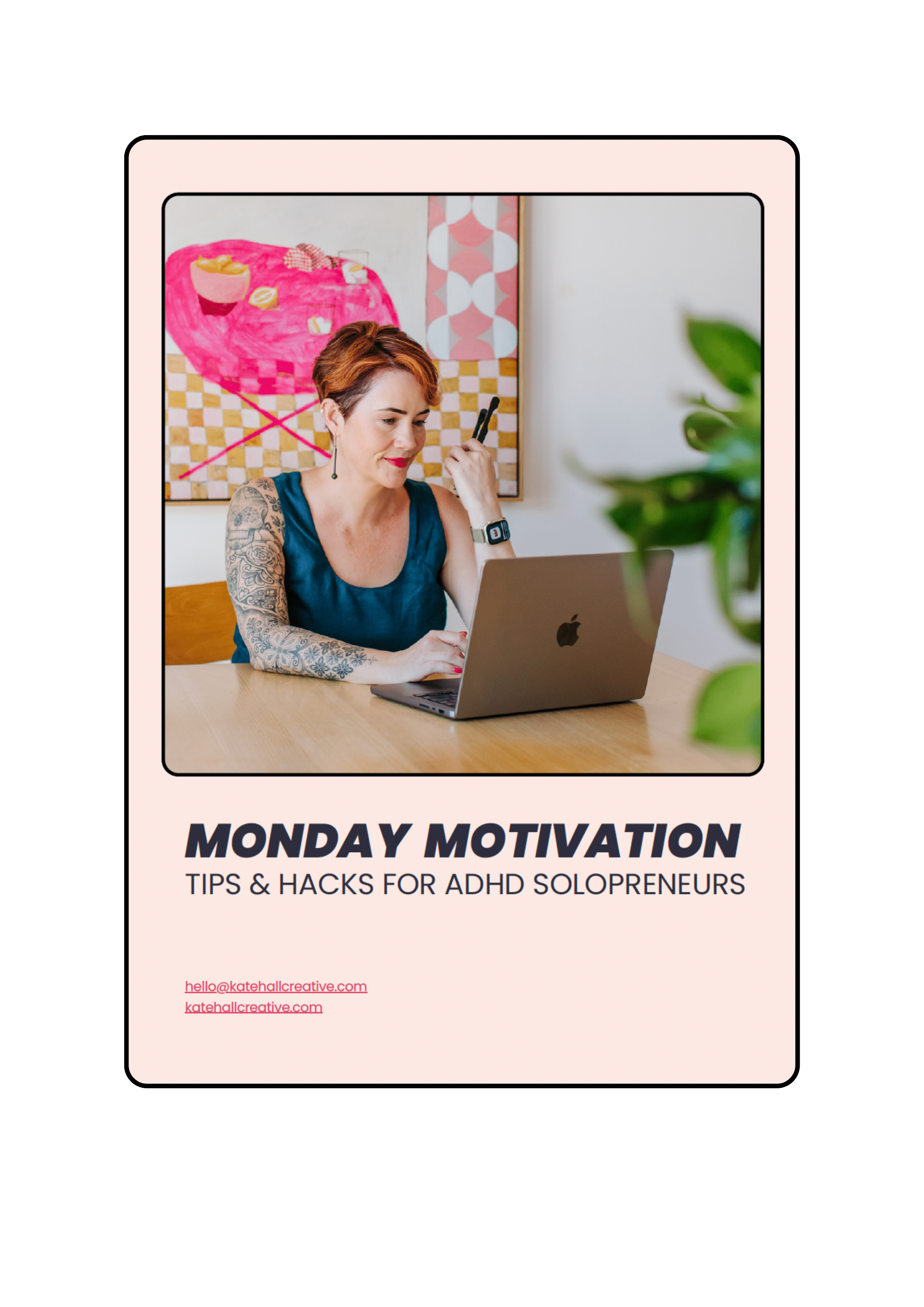Your website has one big job—to turn visitors into customers. If it’s not pulling its weight, something’s off, and it’s time to fix it. The good news? Building a high-converting website doesn’t have to be rocket science. With some smart tweaks and a focus on the right elements, you can create a site that not only looks great but also gets results. Below, I’ve laid out some practical tips to help you make your website work harder for you.
1. Nail Your Messaging
First off, can people tell what you do within five seconds of landing on your site? If your homepage isn’t crystal clear about how you can help, you’re losing visitors before they even scroll.
- Use plain, simple language. Ditch the jargon and talk to your audience like you’d talk to a mate.
- Lead with the benefit you offer. Instead of saying “We create marketing strategies,” say “We help small businesses get noticed and grow.”
- Keep your headlines big, bold, and easy to understand. Think of them as signposts guiding your visitors.
Quick Fix: Ask a friend or colleague to visit your site and tell you what you do. If they’re confused, your messaging needs work.
2. Make It Easy to Navigate
A messy, hard-to-navigate website sends people running for the back button. Keep your menu simple and make sure everything’s easy to find.
- Limit your main menu items to five or six tops.
- Include a clear call-to-action (CTA) in the menu, like “Work With Me” or “Shop Now.”
- Add a search bar if your site has lots of content.
Quick Fix: Check your site on desktop and mobile to see if you can find key info without digging too deep.
3. Prioritise Mobile Responsiveness
Speaking of mobile, here’s a scary stat for you: over half of web traffic comes from mobile devices. If your website doesn’t work well on a phone, you’re losing leads.
- Use a mobile-friendly design template (most website builders offer this).
- Check that text, images, and buttons don’t get cut off on smaller screens.
- Ensure your CTAs are big enough to tap easily.
Quick Fix: Open your site on your phone and pretend you’re a visitor. Can you browse easily, or is it a pain to use?
Sneaky Pro Tip: Check out my favourite tool to instantly view your site across multiple devices.
4. Use Strong Calls-to-Action (CTAs)
Your visitors need you to tell them what to do next. Don’t make them guess.
- Place CTAs in key spots, like your homepage, at the end of blog posts, and throughout product pages.
- Use action-driven words like “Book Your Free Call,” “Download the Guide,” or “Shop Now.”
- Make your CTA buttons stand out with a bold colour or background.
Quick Fix: Review your site and add a CTA wherever you see an opportunity for a visitor to take action.
5. Speed It Up
Slow-loading sites are frustrating, and most people won’t wait around while your pages take their sweet time. Speed is a dealbreaker.
- Compress your images to reduce their size without sacrificing quality.
- Choose a reliable hosting provider.
- Minimise unnecessary plugins or pop-ups that can bog things down.
Quick Fix: Run your site through a speed test tool like Pingdom, and follow the recommendations to fix any issues.
6. Add Social Proof
Nothing builds trust like hearing from other people who’ve worked with you or loved your products.
- Include customer testimonials, reviews, or case studies on your site.
- Add logos of companies you’ve worked with (if applicable).
- Highlight any awards or certifications that back up your credibility.
Quick Fix: If you don’t have testimonials yet, reach out to happy clients or customers and ask for a few sentences about their experience.
7. Simplify the Design
A clean, easy-to-read design trumps a flashy, overcrowded site every time.
- Use plenty of white space so your content feels breathable, not crammed.
- Stick to two or three easy-to-read fonts.
- Choose a colour scheme that aligns with your business but isn’t overwhelming.
Quick Fix: Review your site and remove anything unnecessary or overly distracting (like that slideshow nobody watches).
8. Optimise for SEO
SEO (Search Engine Optimisation) is what helps people find you on Google. If your site isn’t optimised, you’re missing out on free traffic.
- Use clear, descriptive page titles.
- Add relevant keywords to your headings, text, and image descriptions.
- Include a meta description for every page (this is what shows up in search results).
Quick Fix: Start with your homepage and make sure it’s fully optimised before moving on to other pages.
9. Keep Updating Your Content
A “set it and forget it” site just won’t cut it. Regular updates keep your site fresh and give visitors reasons to keep coming back.
- Add new blog posts, case studies, or product details on a regular schedule.
- Update your images, like swapping in seasonal graphics or fresh project shots.
- Check all links to make sure nothing’s broken.
Quick Fix: Set a monthly reminder to review and refresh parts of your site.
What Have We Learned?
Creating a website that converts isn’t about bells and whistles; it’s about making your business clear, easy to connect with, and irresistible to your target audience. Start by following these tips, and you’ll be amazed at the difference small changes can make.
Remember, your website is often the first impression someone gets of your business. Make it count. Go ahead and tweak one thing today. Your future customers are waiting.

